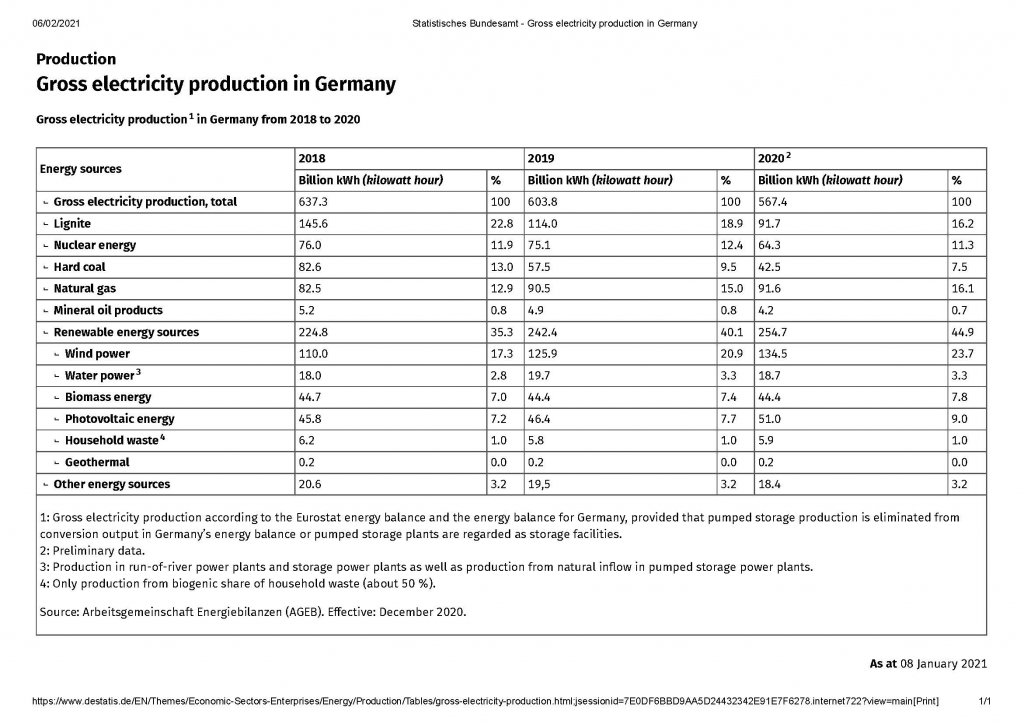Electric vehicles can be charged at power draws comparable to various household appliances. Most electric vehicles charging at home on a 240-volt level 2 charger will draw about 7,200 watts or less.
For comparison, a typical electric furnace draws about 10,000 watts and a water heater uses 4,500 watts. The power draw for an electric vehicle is limited by either the electric vehicle supply equipment (EVSE) or the vehicle’s onboard charger which limits the rate of electricity the vehicle can accept.
Many first-generation plug-in vehicles have onboard chargers limited to 3,600 watts, similar to the power draw for a typical home air conditioning system, while newer electric vehicles have increased onboard charging rates. Some owners use only a standard 120-volt household outlet (level 1 charging) which has a very slow charge rate and low power draw compared to the level 2 charging. There are some electric vehicles, such as those produced by Tesla, that allow for even greater home charging speeds and higher power draws similar to an electric furnace. While an electric vehicle can draw a considerable amount of electricity when charging, the overall fuel cost for an electric vehicle is lower than a comparable gasoline vehicle.
Notes:
- Level 1 charging assumes the 12-amp setting is selected.
- In colder climates, an electric furnace may draw 20,000 watts.
- For comparison, a 2013 Nissan LEAF is rated at 115 MPGe (miles per gallon equivalent) and a conventional 2013 Nissan Versa is rated at 35 MPG. This results in a cost of 3.8 cents per mile for the LEAF and 6.7 cents per mile for the Versa at 13 cents per kW-hr and $2.35 per gallon of gasoline.
The US DOE’s Office of Energy Efficiency & Renewable Energy has compared electric vehicle power draw to some common electric appliances

insideevs.com
Nên sử dụng cái đầu chút chơ đỡ vẹo đi ngài Đýt vẹo, không phải người ta viết cái gì cũng đúng đâu.
Lấy tạm thông sỗ kỹ thuật của em Tesla S tính thử xem dư lào nhé

en.wikipedia.org
Tính theo công suất 100kW cho nhanh:
Với bộ sạc 7.200W => 7.2kW. Như vậy sạc 10h mới được 72kW, tức là mới được 72% dung lượng thôi. Như vậy cứ đi xe về là phải lo cắm sạc ngay, dở hơi hôm nào nhậu về muộn thì hôm sau xác định đi xe bus đi làm buổi sáng, trưa về oánh xe đi làm chiều

Có thể lý luận đi làm hàng ngày không hết sạch pin, như vậy cũng có thể lý luận có hôm dở hơi dở hồn lượn đi chơi, đi nhậu, chưa biết chừng lượn 2-3 hôm chăng hạn.....chủ xe phải rất cân nhắc đồng bộ giữa dung lượng pin còn lại trên xe và kế hoạch đi nhậu

Túm cái váy lại, định luật bảo toàn năng lượng vẫn còn hiệu lực đấy. Pin 100kW thì phải nạp đủ 100kW cho nó, nhanh hạy chậm thì tùy, đừng ăn bớt điện của pin, nó lại ...chóng chết











 ) mà cái kiểu xạc nhanh rồi dùng liên tục như thế thì nhanh tèo pin lắm.
) mà cái kiểu xạc nhanh rồi dùng liên tục như thế thì nhanh tèo pin lắm.